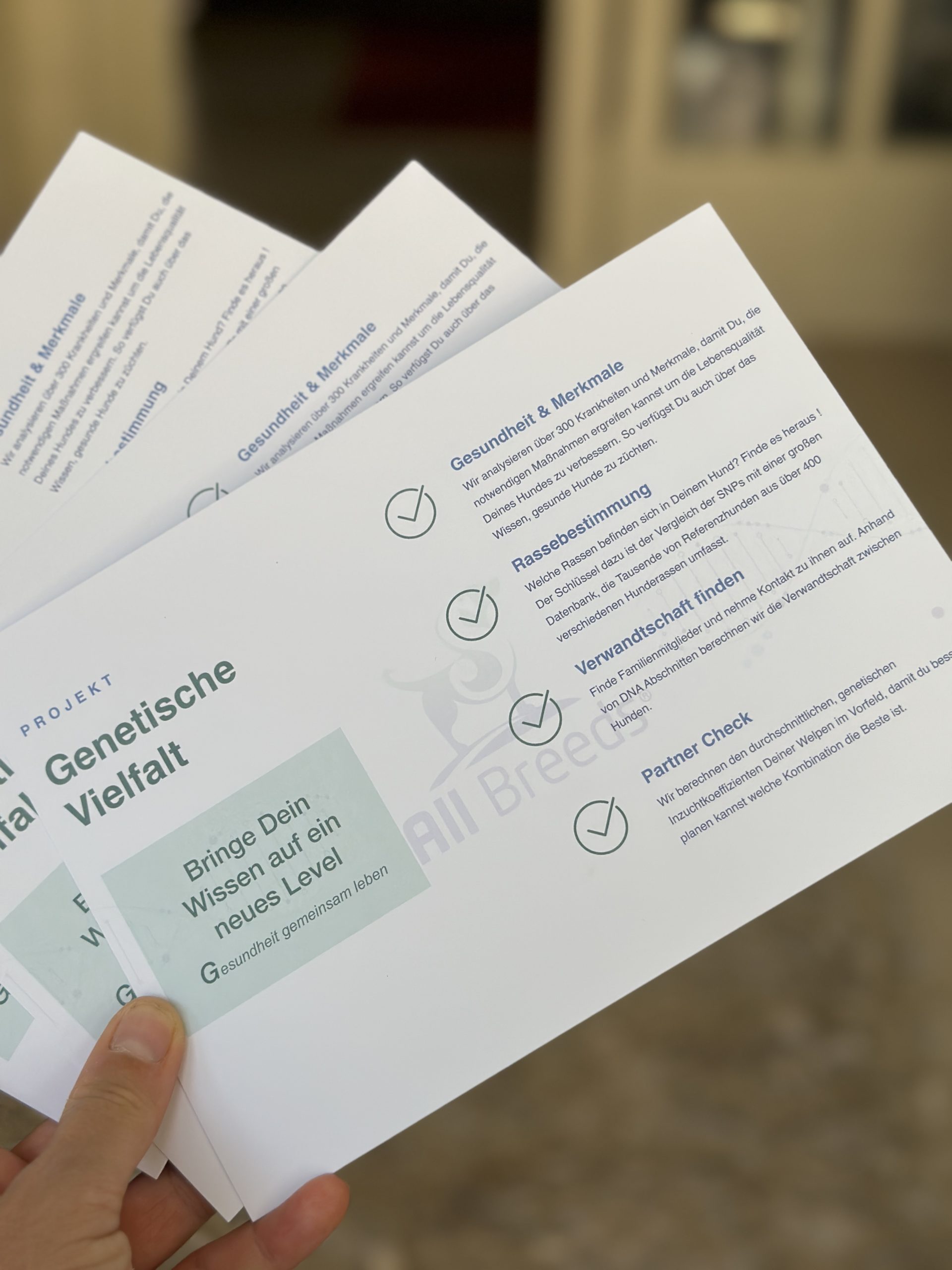Hemophilia A is a hereditary bleeding disorder that affects both humans and dogs. In dogs, this condition is caused by a deficiency of clotting factor 8, a protein necessary for normal blood clotting. One specific genetic mutation, known as Factor 8 Exon 14, has been identified as a common cause of Hemophilia A in dogs. Understanding the role of Factor 8 Exon 14 in canine Hemophilia A is crucial for effective management and treatment of this condition.
Understanding Hemophilia A in Dogs: A Brief Overview
Hemophilia A is characterized by prolonged bleeding and difficulty in clot formation. Dogs with Hemophilia A have a deficiency of clotting factor 8, which is an essential protein for blood clotting. This deficiency is caused by genetic mutations, and one of the most common mutations associated with Hemophilia A in dogs is Factor 8 Exon 14.
Dogs affected by Hemophilia A may experience excessive bleeding from minor injuries, excessive bruising, and in severe cases, spontaneous bleeding. The severity of the condition can vary, with some dogs exhibiting mild symptoms, while others may have life-threatening bleeding episodes. It is important for dog owners to be aware of these symptoms and seek veterinary care if they suspect their dog may have Hemophilia A.
The Role of Factor 8 Exon 14 in Canine Hemophilia A
Factor 8 Exon 14 is a specific genetic mutation that affects the production or function of clotting factor 8 in dogs. This mutation leads to a deficiency of factor 8, resulting in abnormal clotting and prolonged bleeding. Factor 8 is responsible for stabilizing the clotting factor 9, and its deficiency disrupts the coagulation cascade, leading to inadequate blood clotting.
Dogs with Hemophilia A caused by Factor 8 Exon 14 mutation inherit this genetic abnormality from their parents. It is an X-linked recessive disorder, meaning that it is more commonly seen in males. Female dogs can be carriers of the mutation without showing symptoms, but if they breed with a male dog with Hemophilia A, there is a chance of passing the mutation to their offspring. Genetic testing can be done to identify the presence of Factor 8 Exon 14 mutation in dogs.
Hemophilia A Factor 8 Exon 14: Implications and Management in Dogs
Managing Hemophilia A caused by Factor 8 Exon 14 mutation in dogs involves a multidisciplinary approach. The primary goal of treatment is to prevent or control bleeding episodes. This can be achieved with the administration of clotting factor replacement therapies. Recombinant factor 8 can be infused to increase the levels of this essential protein in the blood, reducing the risk of bleeding.
Regular monitoring of factor 8 levels is essential in dogs with Hemophilia A to adjust treatment and ensure adequate clotting. In some cases, prophylactic treatment may be recommended to prevent spontaneous bleeding episodes. Additionally, dog owners should be educated on how to handle and care for their dogs to minimize the risk of injuries that could lead to bleeding.
Factor 8 Exon 14 mutation plays a significant role in the development of Hemophilia A in dogs. Understanding the implications and management of this genetic mutation is crucial for ensuring the well-being and quality of life for affected dogs. With advancements in genetic testing and improved treatment options, dogs with Hemophilia A caused by Factor 8 Exon 14 can lead long and fulfilling lives with proper care and management.


